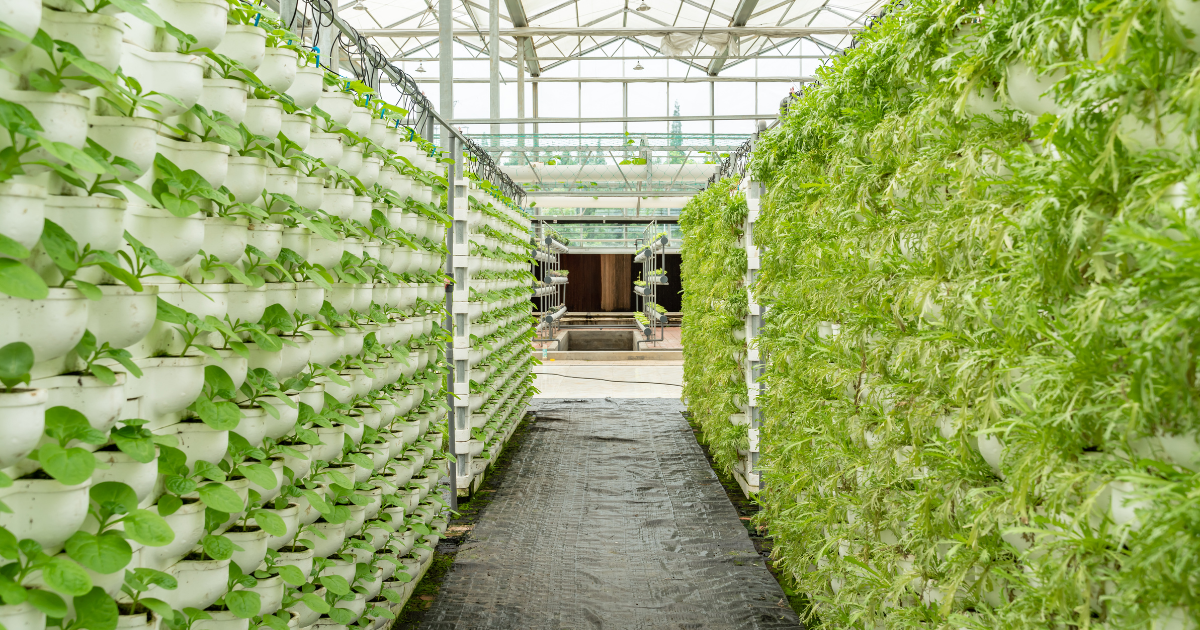From Vineyards to Vertical Farms Luxury Agriculture Becomes Status Symbol
By
Sophie Moore
Last updated:
October 3, 2025
First Published:
October 3, 2025

Photo: Nevada Irrigation District
The evolution of luxury land use
For centuries, the wealthy have displayed their status through ownership of vineyards, olive groves, and sprawling estates. These landscapes were not only sources of income but also markers of refinement and cultural prestige. In the modern era, this tradition has evolved. A new generation of high net worth individuals is embracing vertical farms and high tech agriculture as the ultimate luxury statement.
Agriculture as identity
What was once viewed as purely utilitarian has transformed into a reflection of identity. For billionaires, owning advanced farming facilities is not about food production alone. It is a declaration of innovation, sustainability, and control. Just as a vineyard once symbolized sophistication and taste, a vertical farm today demonstrates foresight, environmental responsibility, and cultural influence.
The rise of futuristic farms
Vertical farms, hydroponic systems, and climate controlled greenhouses are at the center of this shift. Built within urban centers or on secluded estates, these facilities merge technology with nature. Wealthy families are investing in them not only as food sources but as living showcases of modern luxury. The ability to grow rare herbs, exotic vegetables, or specialty crops year round has become a new form of indulgence.
A legacy of abundance
Agriculture has always been linked to legacy, and in the hands of the wealthy, vertical farming extends that tradition into the future. Heirs are not simply inheriting land but systems designed to generate endless abundance. This creates a symbolic connection between prosperity and sustainability, reinforcing the idea that true wealth is the ability to nourish both family and society.
Sustainability as a luxury
Sustainability has emerged as a core element of prestige. The elite no longer measure luxury only through material possessions but also through their ability to minimize ecological impact. Vertical farms run on renewable energy, recycle water, and eliminate the need for pesticides. For the wealthy, this commitment to sustainable farming is as much a status symbol as a yacht or a private jet once was.
Food as art and experience
Beyond production, luxury agriculture is also about experience. Private farm to table dining, rare ingredient cultivation, and curated agricultural tours are being woven into the lifestyles of the ultra rich. Hosting a dinner where every dish is grown in one’s own vertical farm offers not just nourishment but a display of innovation and exclusivity. Food becomes art, and agriculture becomes theater.
A global movement among elites
From Silicon Valley entrepreneurs to Middle Eastern royalty, luxury agriculture has caught the imagination of the world’s elite. Some view it as a form of philanthropy by contributing to sustainable food systems, while others see it purely as a symbol of wealth. Either way, vertical farms are emerging as cultural landmarks in the same way that vineyards and châteaux once defined aristocratic prestige.
The challenge of complexity
Transforming agriculture into luxury requires overcoming significant complexity. Vertical farms demand advanced infrastructure, expert management, and continuous innovation. This level of sophistication means they are beyond the reach of ordinary investors, which is precisely what makes them desirable to billionaires. Complexity itself becomes a barrier that reinforces exclusivity.
The symbolism of control
At its core, the rise of luxury agriculture represents control. The ability to master food production, to bend seasons and climates, and to create abundance at will is one of the ultimate demonstrations of power. For the wealthy, owning a vertical farm is not merely about harvesting vegetables. It is about harvesting influence, independence, and prestige.
The new face of agricultural wealth
As the meaning of luxury continues to evolve, agriculture has been reborn as a symbol of modern status. From vineyards steeped in tradition to futuristic towers filled with hydroponic wonders, the wealthy are redefining what it means to cultivate land. Luxury farming is no longer just about tradition or taste. It is about vision, responsibility, and the statement that true wealth grows from the ground up, even when that ground is made of steel and glass.
Subscribe to unlock premium content
Sed at tellus, pharetra lacus, aenean risus non nisl ultricies commodo diam aliquet arcu enim eu leo porttitor habitasse adipiscing porttitor varius ultricies facilisis viverra lacus neque.
A comprehensive guide on Agile development

10 Productivity tools that are worth checking out

Top 7 Must have management tools for productivity

A comprehensive guide on Agile development

10 Productivity tools that are worth checking out

A comprehensive guide on Agile development









